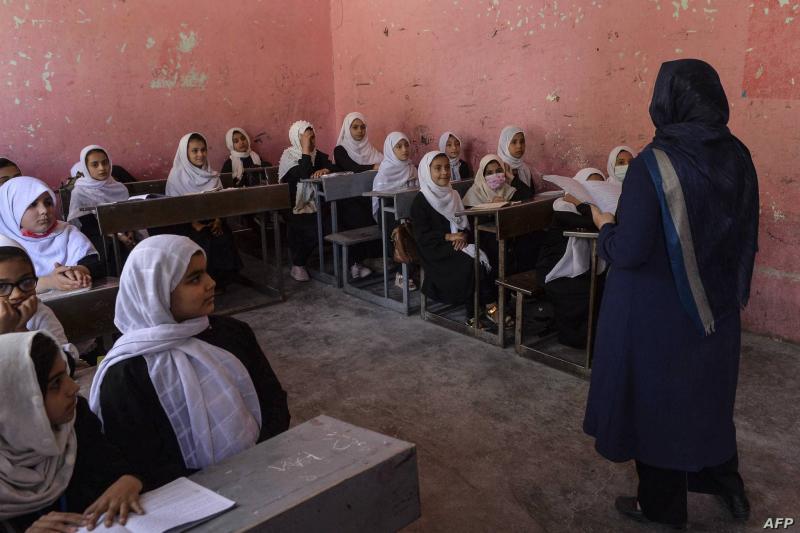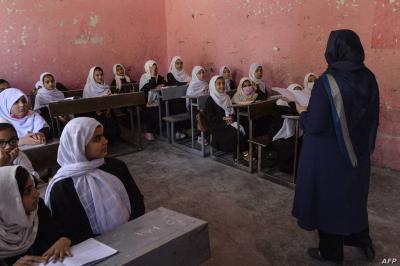The New York Times revealed that the Taliban has permitted girls in middle and high school in the north, where women have long played a more significant role in society compared to the Taliban's stronghold in the south, to return to school. The newspaper noted that girls in the city of Mazar-i-Sharif were fortunate, as they were allowed to return to school, unlike in other parts of the country. The report confirmed that this decision illustrates how the Taliban's treatment varies across different regions based on local cultures.
Under pressure from foreign governments and international relief organizations, Taliban officials promised that circumstances for women and girls would differ from their rule in the 1990s, allowing all forms of education for girls, including postgraduate programs. However, many parents and teachers remain skeptical of these promises, especially since the Taliban's new government does not include any women.
Shakila, a mother of one girl, stated, "They may open schools, but they are trying indirectly to destroy women's education." She recounted how she lost her job as a literature professor when the Taliban first took control of the country, banning women from education and work. She expressed that even if her daughters could attend high school, she knew they would graduate into a country that is completely at odds with their aspirations.
When schools reopened for teenage girls last month, the news energized her daughter, Narjes, 17, an outstanding student determined to become a doctor. On her daughter's first day in class, Shakila made an unusual request to one of her teachers, saying, "Please, don't let the girls be too enthusiastic about their education." She added, looking at her daughter Narjes: "This generation is fragile. If she cannot attend university, it will completely destroy her."
The American newspaper reported that the Taliban has set difficult conditions for girls' return to schools in Mazar-i-Sharif, leading many girls to abandon the idea of attending school. The Taliban has established rules separating girls and boys in classrooms, exacerbating the severe shortage of teachers and threatening higher education opportunities for girls, according to the report.
Moreover, many parents have refused to send their daughters to school, fearing Taliban fighters lining the streets. Some do not see the value in girls' education in a country where job opportunities for women can vanish overnight.
Teachers in Mazar-i-Sharif and Kunduz reported that after allowing girls to return to school, less than half actually returned. During the Taliban's first regime in the 1990s, women and girls were banned from attending school. These restrictions were lifted after their ousting in 2001, and opportunities for women's education gradually flourished. By 2018, four out of ten registered students in schools were girls, according to UNESCO. In urban areas like Mazar-i-Sharif, education had become a vital pathway for young women's independence over the past two decades.
International human rights organizations criticized the new government for not reopening all schools for girls, even after their male peers returned the previous month. The Taliban was accused of using threats and intimidation to lower attendance rates among female students. Agnes Callamard, the Secretary-General of Amnesty International, stated in a declaration earlier this month: "The right to education is a fundamental human right. The policies currently being pursued by the Taliban are discriminatory, unjust, and violate international law."




